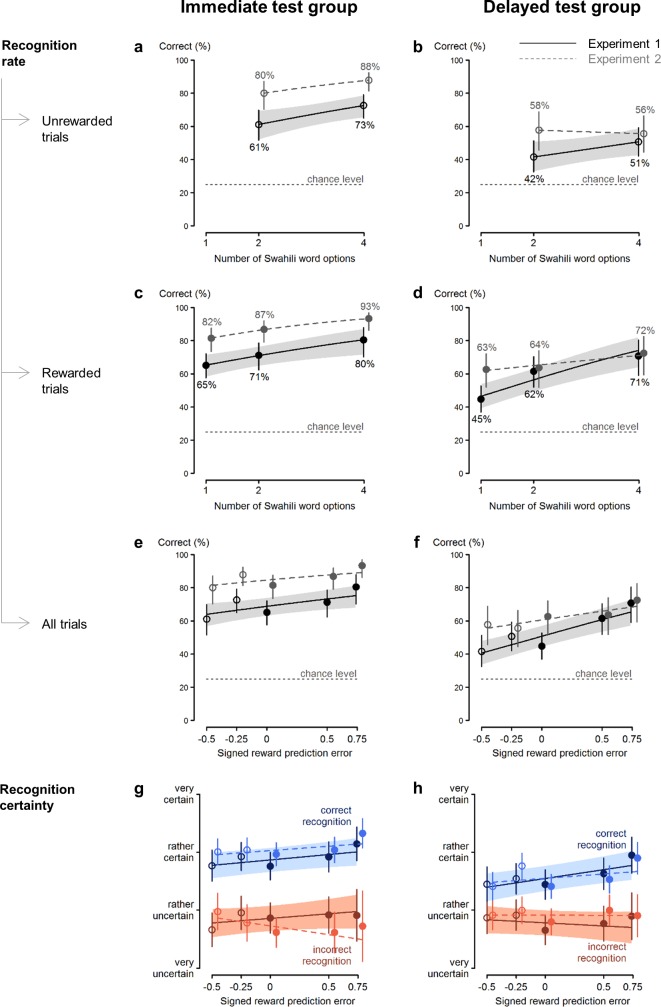Fig 2. Recognition accuracy (panel a through f; y-axis) and certainty ratings (panel g and h; y-axis).
Recognition accuracy and certainty ratings as a function of the number of options (panel a through d; x-axis) or the SRPEs (panel e through h; x-axis) in the immediate test group (left column) and their equivalent in the delayed test group (right column). The results of Experiment 1 are indicated by the black full line; the results of Experiment 2 are plotted with a grey dashed lines (95% confidence intervals are indicated for Experiment 1 only). To elucidate the relation between panel a-d and panel e-f, empty circles represent the unrewarded trials and full circles the rewarded trials. Note that in the one-option condition the chosen translation was always rewarded (panel a through d). For each number of options and depending on the reward and delay (as well as for the SRPEs), the average recognition accuracy/certainty and its 95% confidence interval was estimated and superimposed. (a-f) Recognition increased significantly with an increasing number of options and recognition was enhanced for rewarded word pairs; thus recognition increased significantly with higher SRPEs. Performance at chance level is indicated by the gray dotted line at 25% accuracy. (g and h) SRPEs significantly predicted certainty ratings for correctly recognized word pairs (depicted in blue) but not for incorrectly recognized word pairs (depicted in orange).

